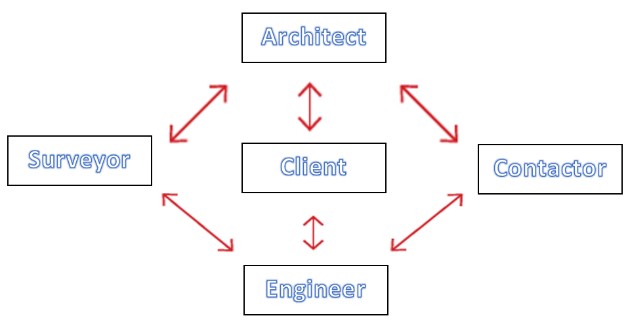
— tags
— A brief Guide To Party Wall - and how to make it work
Of the various elements that are needed to be pieced together to have your project go from an idea to reality, it is perhaps the party wall process that is the most poorly understood and often the most resented on account of time and cost.
It doesn’t have to be this way. With a combination of greater understanding and a few top tips, the process can be shaped to be fit for purpose that enables works to proceed having been appropriately considered whilst offering protection to neighbours.
What is the party wall Act?
The Act covers building works to the shared walls between properties (the party wall), excavations within 3m of adjacent properties and construction on boundaries. Typical projects that will be covered by the Act include:
- Rear extensions;
- Loft conversions;
- Internal alteration (chimney breast removal, knocking through rooms) and
- Basement works
Neighbours that are affected will need to be notified with the service of a formal notice which grants them the opportunity to appoint surveyor(s). The surveyor(s) review the proposals, record the condition of their property and serve an award that covers how and when the works can be carried out.
As part of the review, documentation will be requested from the architect and engineer which will either be passed off as acceptable or amended if required.
“Who won’t go off and appoint the first surveyor that pops up on Google. Would you even enquire how much they would charge?”
Timescales
The length of time it will take to agree an award will depend greatly on the scope of the project but even for the most basic, it is recommended that you allow around 3 months from start to finish and up to 6 for major works such as basements or full demolition and rebuild.
Notices can be served as soon as plans are submitted to planning, if your scheme is unlikely to be rejected. If you prefer to wait until planning has been granted there is usually another couple of months before the Building Regulation drawings and engineering package is complete and these will be required to finalise your award.
Can the process be done quicker? Yes, but you will need to invest some time upfront and take some advice from the next point.
Minimalising the impact
Poorly considered, the party wall process can involve the appointment of large numbers of surveyors taking many months and incurring fees that can run to 10% of a project’s cost.
The neighbours are able to appoint their own surveyor upon receipt of notices and person undertaking the works cover their ‘reasonable’ fees. Whilst there is no guaranteed way to avoid these fees, there are a number of very simple and best practice ways you can lower the risk of being put in this situation:
Make your neighbours aware
Put yourself in your neighbour’s shoes whereby the first you know of proposed works next door is by a party wall notice dropping through your box, looking very formal on headed paper, which goes on to tell you that you can appoint your own surveyor and you don’t need to worry about their fee. Who won’t go off and appoint the first surveyor that pops up on Google. Would you even enquire how much they would charge?
Keep them as up to date as possible. Get them excited by your plans over a cup of tea or a bottle of wine. This will pay off in a big way when it comes to their response to your notice and greatly reduce the chances of more than 1 surveyor being involved.
Work with good professionals
You really do get what you pay for and if there is one thing guaranteed about this process it is that if you race to the bottom on design and surveying you can pay all that back and more when your neighbours instruct their own surveyors.
Work as a team

There is often a disconnect between the surveyor and the client’s design team with queries and amendments cropping up unexpectedly and late in the process.
Notices that are served with drawings that will ‘make do’ increase the chances of an unfavorable response.
When you team works together from an early stage the whole process will run far smoother.
Anything else?
This article has covered some of the fundamentals of the party wall process that are tried and tested to make the process easier and ultimately fit for purpose. You can also click here for some frequently asked questions and answers

